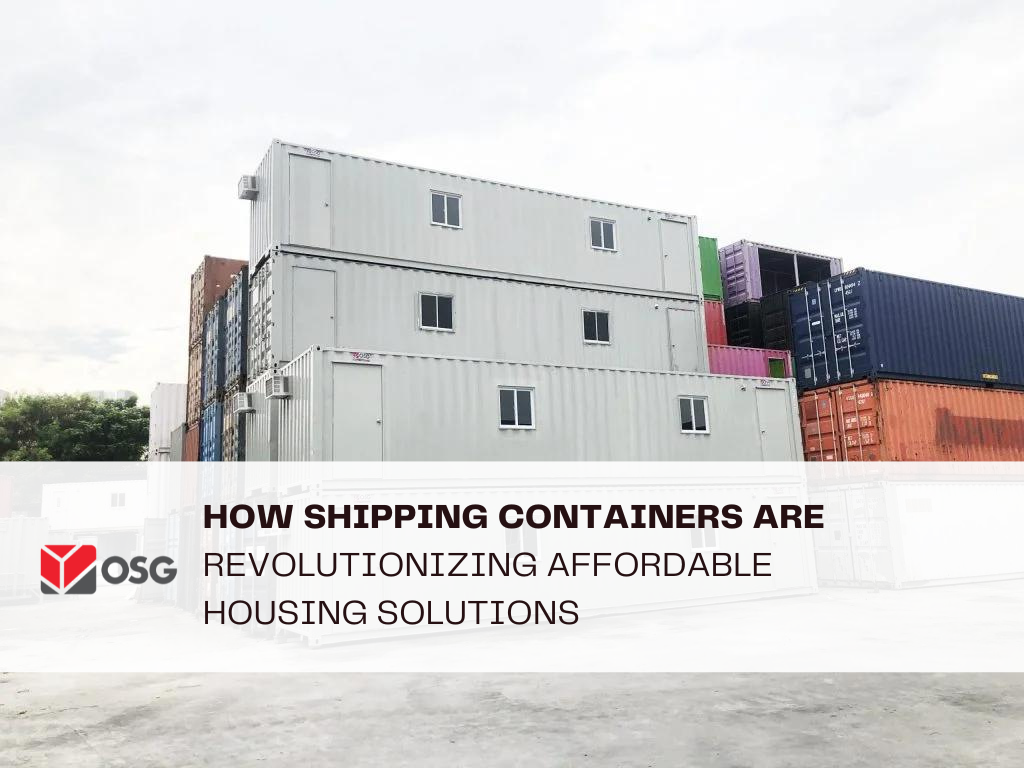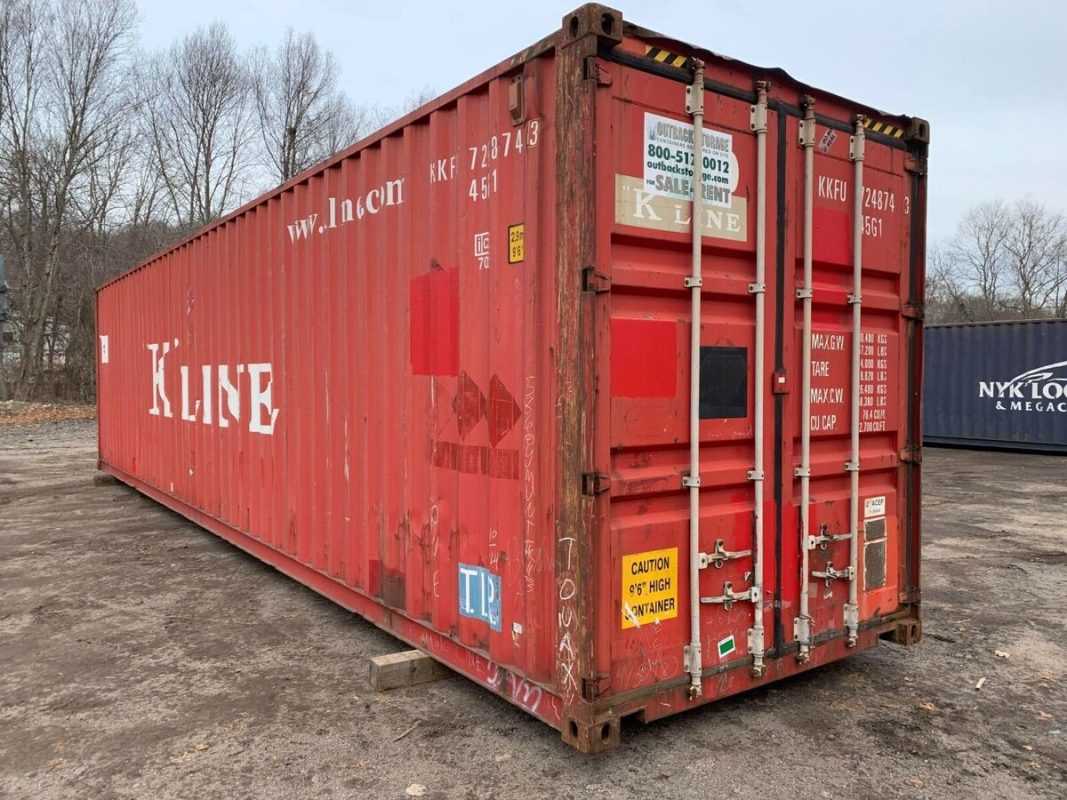How Shipping Containers Are Revolutionizing Affordable Housing Solutions
In recent years, the need for affordable housing has grown exponentially. Rapid urbanization, rising property prices, and population growth have left many struggling to find decent housing within their budget. To meet this demand, innovators and architects have turned to unconventional solutions, one of the most promising being shipping container homes. Once mere vessels for transporting goods across oceans, shipping containers are now repurposed to address one of society’s most pressing concerns: affordable housing.
Why Shipping Containers?
Shipping containers are large, modular structures made of steel. They are designed to endure harsh weather conditions during international shipping, making them incredibly durable. Once their transportation life ends, they are often left unused in storage yards. Recognizing this potential, architects and housing developers have started transforming them into eco-friendly, cost-effective homes.
These containers can be stacked, modified, and customized, making them perfect for affordable housing projects, especially in densely populated areas where land is scarce.
Key Benefits of Shipping Container Homes
- Affordability
The most significant advantage of using shipping containers for housing is the cost. Traditional homes require expensive materials and labor, and housing markets in many cities make purchasing property nearly impossible for middle- and low-income families. Shipping containers, on the other hand, offer a much cheaper alternative. Depending on size and condition, a used container can cost between $1,500 and $5,000, significantly lower than the price of traditional building materials.
Since shipping containers are already pre-built, they also reduce the costs associated with construction labor and material waste. This makes it possible to construct homes more quickly and at a fraction of the price of conventional housing.
- Sustainability
Repurposing shipping containers for housing is an excellent way to recycle and reduce waste. Every year, millions of containers are decommissioned after their shipping life ends. Converting these into homes helps reduce the demand for new construction materials and minimizes the environmental impact of traditional home-building processes.
Moreover, shipping container homes can be designed to include eco-friendly features such as solar panels, energy-efficient windows, and water conservation systems. In a world where environmental sustainability is increasingly important, container homes offer a greener alternative.
- Versatility and Design Flexibility
Shipping containers come in standard sizes—usually 20 feet or 40 feet long. This standardization allows architects to be highly creative. Containers can be stacked, arranged, or cut to form various shapes and sizes. Multiple containers can be combined to create larger, multi-room homes, or single containers can be used for minimalist, compact living spaces.
With some thoughtful design and modification, these structures can feature modern amenities like plumbing, electricity, and HVAC systems. Additionally, the steel frames of shipping containers provide excellent durability, ensuring that the home remains structurally sound for years.
- Fast Construction
Traditional homes often take months, if not years, to complete. Shipping container homes, by contrast, can be built in a matter of weeks. Since containers come ready-made, much of the construction time is saved. Once the container arrives on site, it can be modified, insulated, and fitted with doors, windows, and utilities far more quickly than traditional building methods would allow.
This speed makes container homes particularly beneficial in areas where housing is urgently needed, such as disaster relief zones or cities experiencing rapid population growth.
- Portability
One of the most unique features of shipping container homes is their portability. Given that they were initially designed to be moved across the globe, these containers can easily be relocated. This feature is especially useful for people living in areas prone to natural disasters or for those who prefer a more nomadic lifestyle.
Challenges of Shipping Container Homes
While there are numerous advantages to shipping container homes, it’s important to acknowledge the challenges as well. One of the biggest concerns is insulation. Steel conducts heat and cold, meaning that without proper insulation, container homes can become uncomfortably hot in the summer and freezing in the winter.
Additionally, while shipping containers are designed to be weather-resistant, they may require extra treatment to prevent rusting or corrosion, especially in humid or coastal areas.
Case Studies: Shipping Container Communities
Around the world, several projects highlight the success of shipping containers as affordable housing solutions. In Amsterdam, the Keetwonen student housing project offers over 1,000 students an affordable place to live in container-based apartments. The development is complete with personal bathrooms, kitchens, and even balconies, showcasing the potential for large-scale container communities.
In the United States, a housing project called “Container Park” in Las Vegas provides affordable homes and commercial spaces using repurposed shipping containers, further cementing their versatility and affordability.
The Future of Affordable Housing
As the demand for affordable housing continues to rise, shipping containers offer a practical and creative solution. Their affordability, sustainability, and flexibility make them an attractive option for urban planners, architects, and governments looking to address housing shortages.
Although container homes are not without their challenges, advances in construction technology and design are continually improving their viability. As more people turn to this innovative form of housing, shipping containers may become an essential part of the solution to the global housing crisis.
In conclusion, the transformation of shipping containers into homes is more than just a trend; it’s a revolution in affordable housing. By leveraging their affordability, sustainability, and versatility, these structures are paving the way for a future where housing can be both cost-effective and environmentally friendly.




